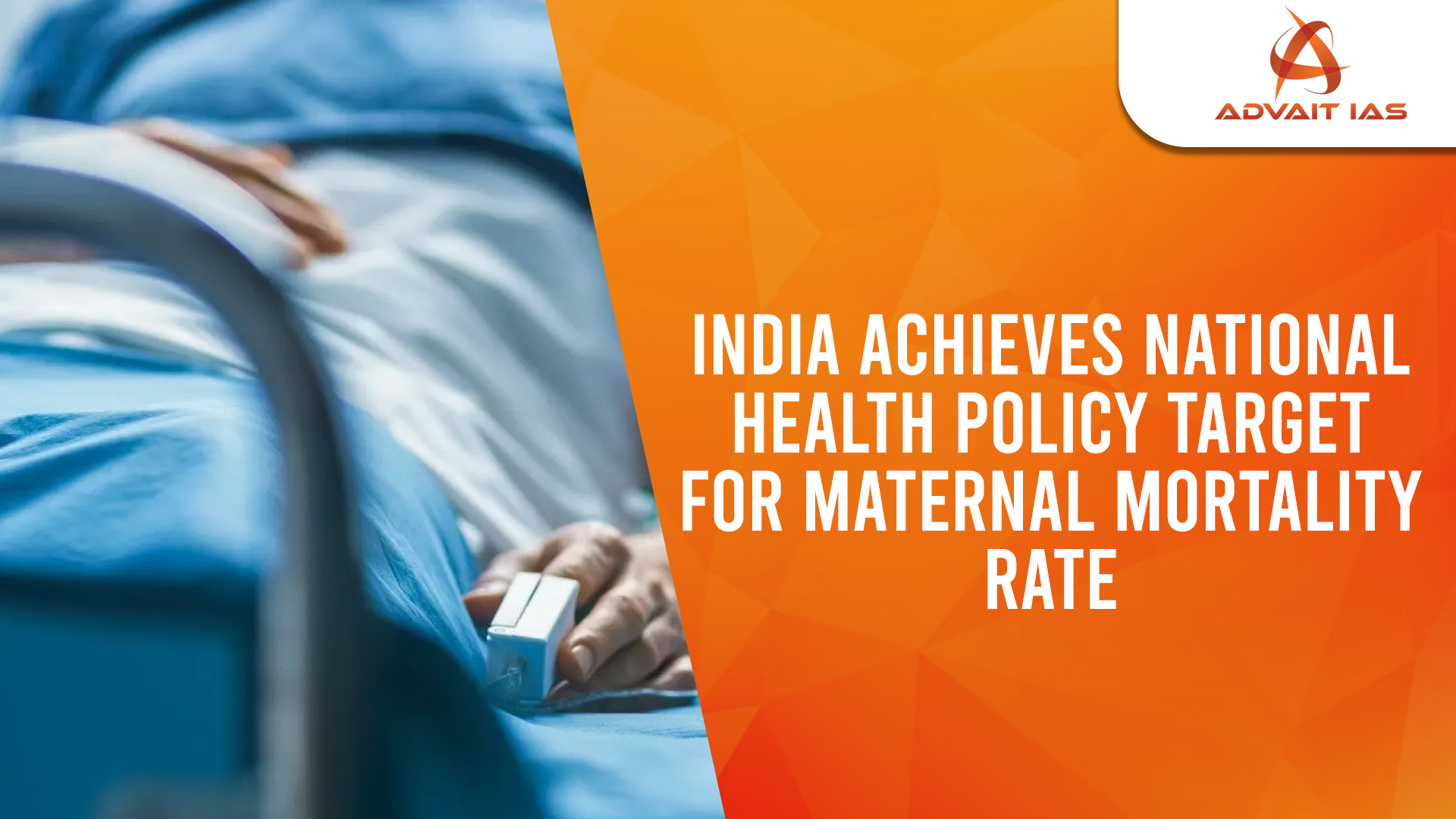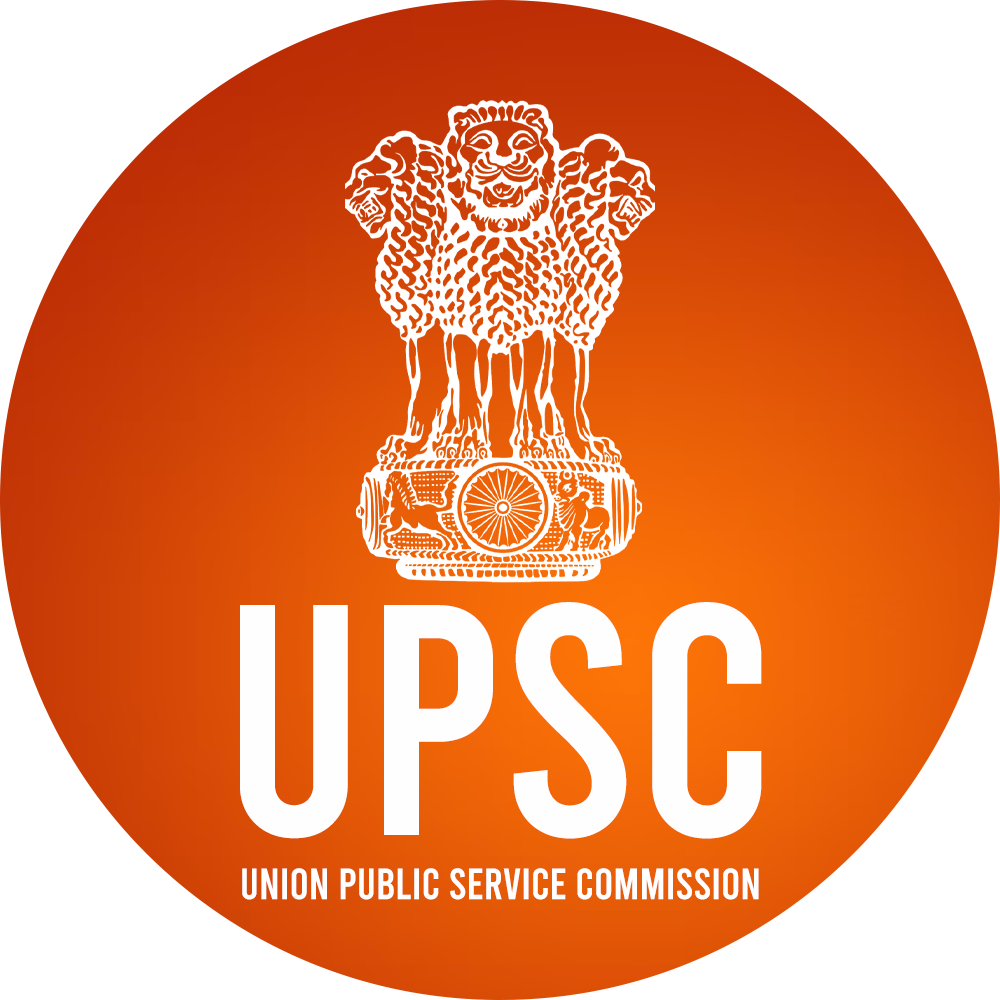India has successfully achieved the National Health Policy (NHP) target of reducing the Maternal Mortality Rate (MMR) to 100 deaths per one lakh live births, as announced by Union Health Minister J.P. Nadda. This achievement marks a significant milestone in India’s public health initiatives.
Key Achievements in Maternal and Child Health
- 83% Decline in MMR (1990-2020): India has seen a remarkable decline in maternal mortality, surpassing the global reduction rate.
- Infant Mortality Rate (IMR) Reduction: A 69% decline was observed in IMR between 1990 and 2020, compared to the 55% global decline.
- Under-5 Mortality Rate: India witnessed a 75% decline, whereas the global rate of decline was 58%.
What is Maternal Mortality Rate (MMR)?
- Definition: Number of maternal deaths per 1 lakh live births due to pregnancy-related complications within 42 days of delivery.
- India’s Progress:
- 2014-16: 130
- 2017-19: 103
- 2020-22: 97 (achieved NHP target ahead of 2025)
State-Wise Performance
- Best Performers:
- Kerala (19), Maharashtra (38), and Telangana (43) have MMR below SDG target (70).
- High-Burden States:
- Assam (195), Madhya Pradesh (173), and Uttar Pradesh (167) still have high MMR.
Factors Behind the MMR Decline
- Improved Institutional Deliveries:
- Over 90% institutional births due to schemes like Janani Suraksha Yojana (JSY) & Janani Shishu Suraksha Karyakram (JSSK).
- Better Healthcare Infrastructure:
- Expansion of Primary Health Centers (PHCs), Community Health Centers (CHCs).
- Increased Antenatal & Postnatal Care:
- Programs like POSHAN Abhiyaan, Pradhan Mantri Surakshit Matritva Abhiyan (PMSMA) ensured regular check-ups.
- Vaccination & Nutrition:
- Anaemia Mukt Bharat, iron & folic acid supplementation reduced pregnancy risks.
- Midwifery & Skilled Birth Attendants:
- Trained ASHAs, ANMs, and midwives improved maternal health outcomes.
Mission Steering Group and Health Sector Governance
The ninth meeting of the Mission Steering Group—the highest policy-making and governance body under the National Health Mission (NHM)—focused on translating the objectives of health schemes into actionable results.
Key directives emphasized:
- Strengthening Chief Medical Officers (CMOs):
- Enhancing their capacities through training and capacity-building exercises.
- Utilizing CMOs effectively for grassroots-level implementation of healthcare schemes.
- Empowering ASHA Workers:
- Recognizing their vital role in healthcare delivery.
- Revising incentives and honorariums for routine activities to ensure their welfare.
Ø Advancements in Health Infrastructure
- New Technological Developments:
- Innovations such as the Bharat Health Initiative for Sahyog Hita and Maitri (BHISHM) were discussed.
- The emphasis was placed on ensuring the quality and effectiveness of these initiatives.
Challenges in Further Reducing MMR
- Regional Disparities: MMR remains high in Bihar, UP, MP, Rajasthan, and Assam.
- Quality of Care: Many rural health facilities lack specialists, ICUs, and blood banks.
- Early Marriages & Teenage Pregnancies: Leads to higher maternal health risks.
- Postpartum Care Deficiencies: Hemorrhage, infections, and sepsis still contribute to deaths.
Way Forward
- Focus on High-Burden States with special interventions.
- Strengte hen Maternal ICUs & Blood Banks in rural hospitals.
- Expand Midwifery-Led Care Units for better delivery outcomes.
- Improve Nutrition & Family Planning Awareness to prevent high-risk pregnancies.
- Achieve SDG Target (MMR 70 by 2030) through Ayushman Bharat & PM Matru Vandana Yojana.
India’s achievements in reducing maternal and child mortality underscore its commitment to public health. With continued investment in health infrastructure, workforce training, and technological innovations, the country is on track to further improve healthcare outcomes and ensure equitable healthcare for all.






